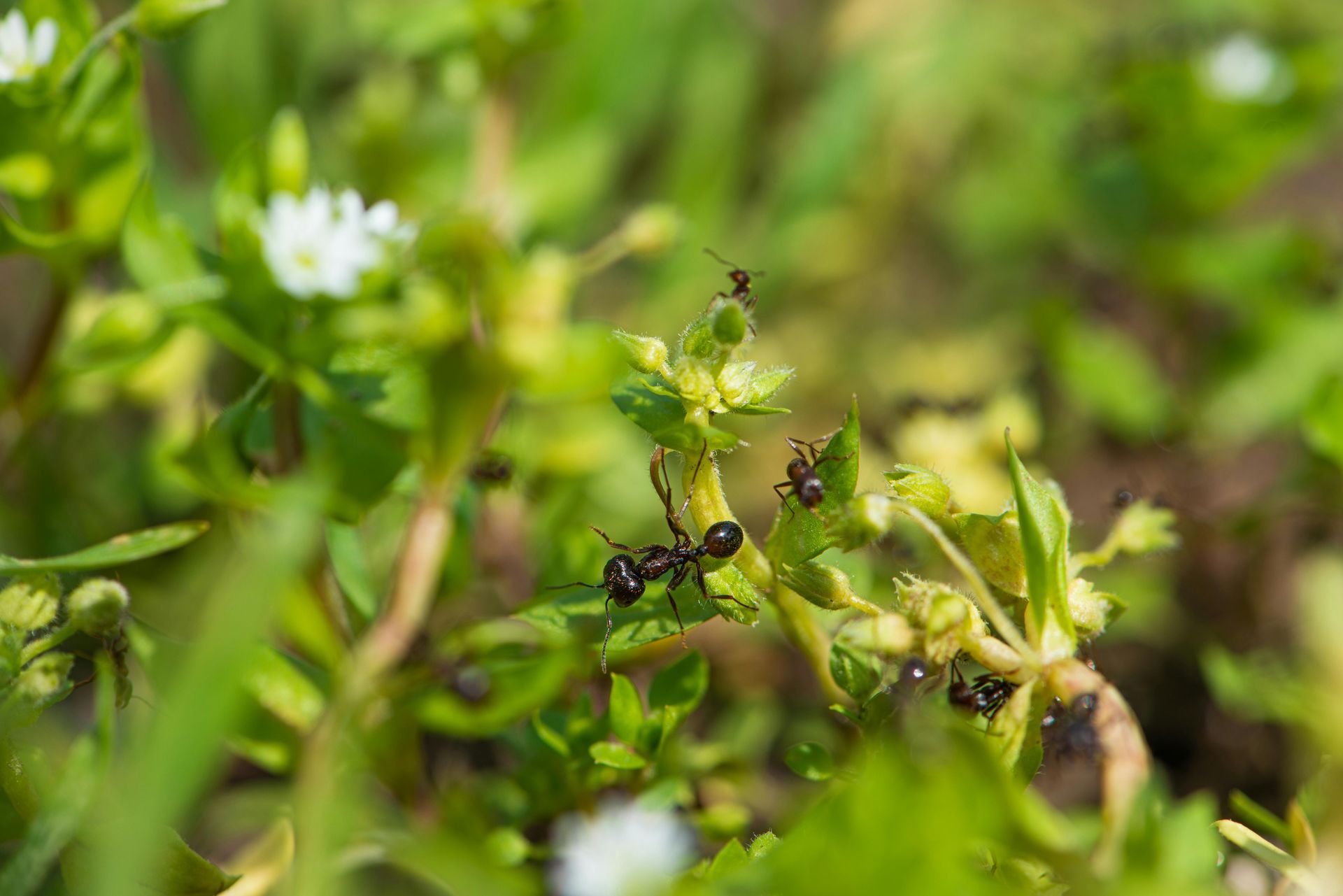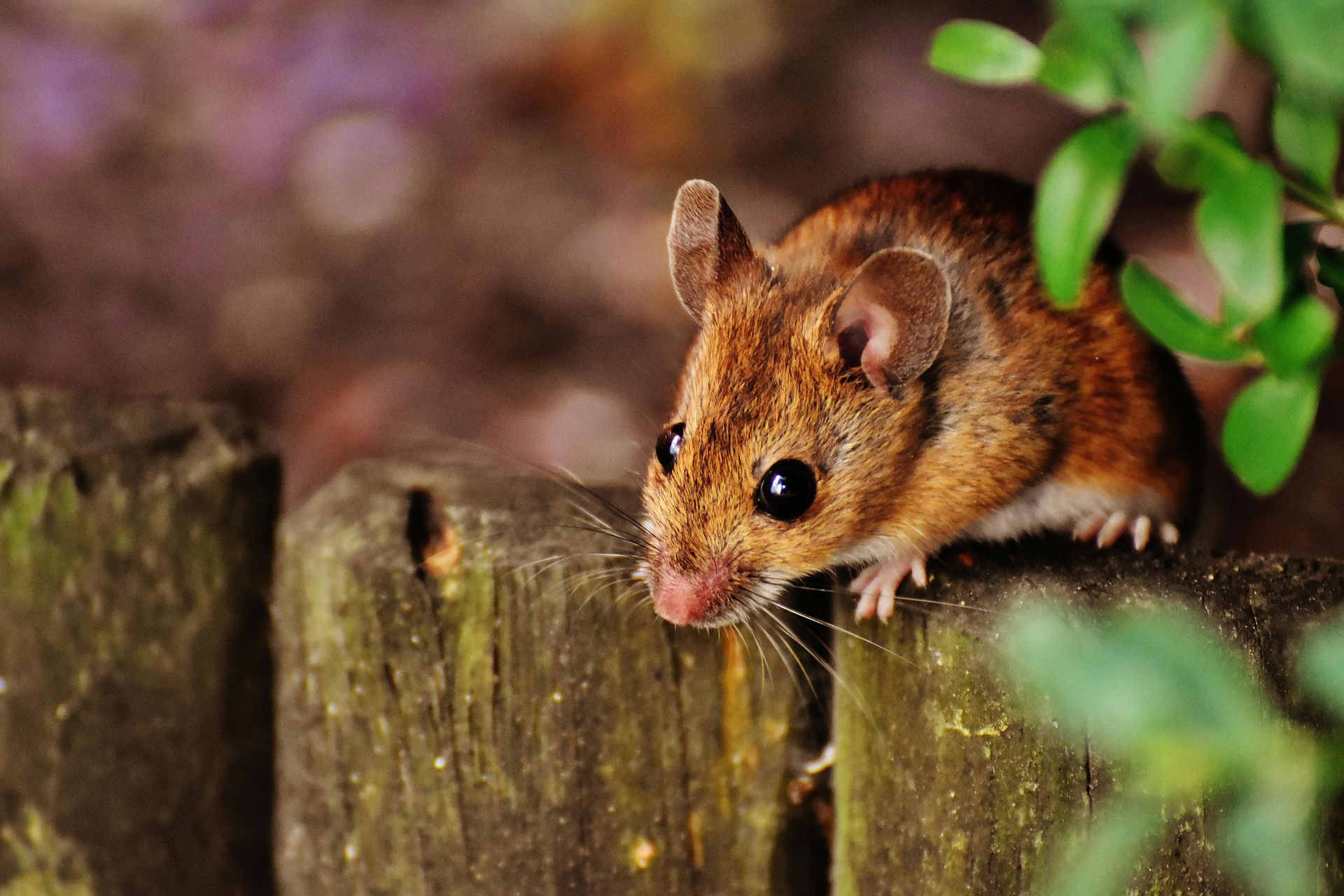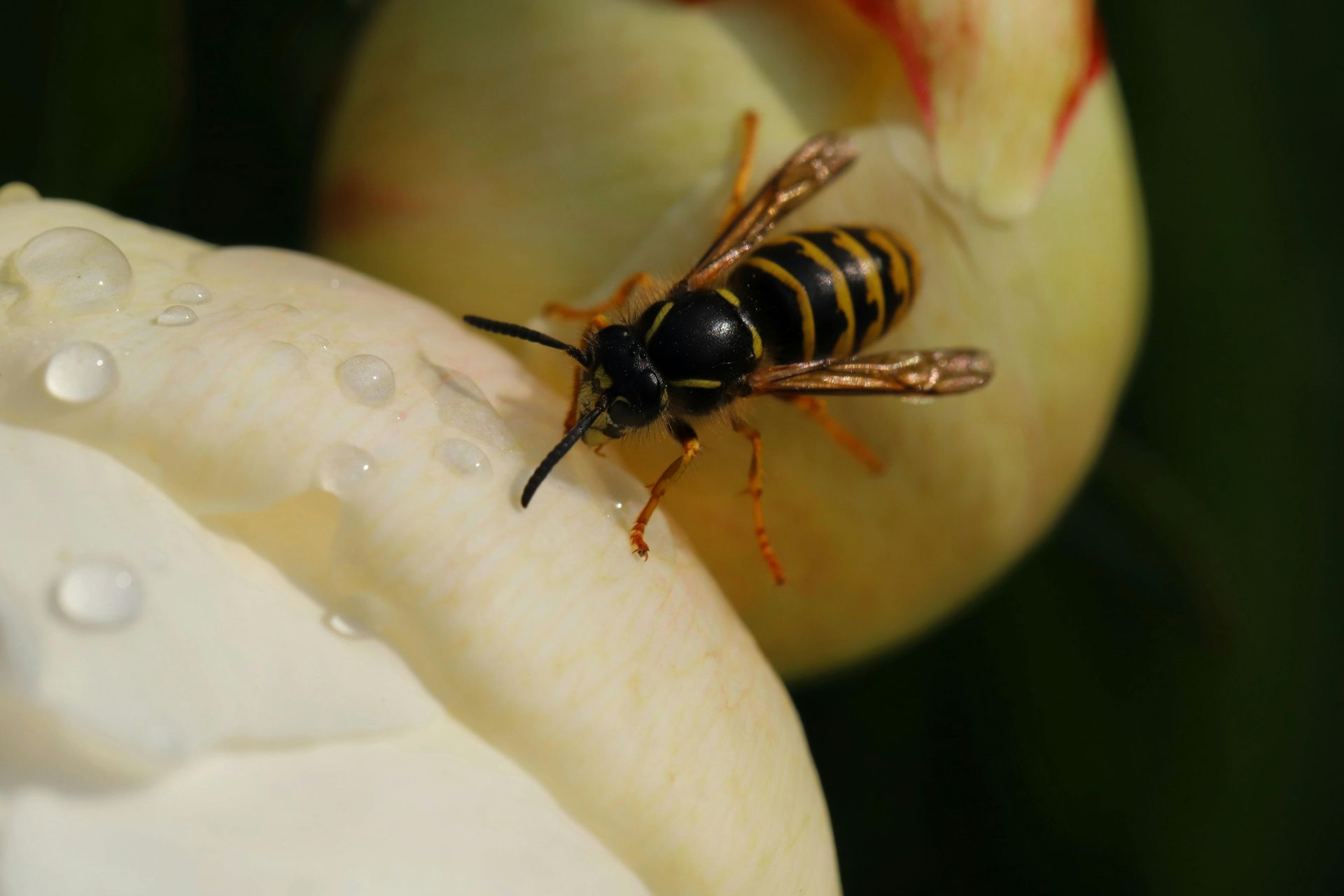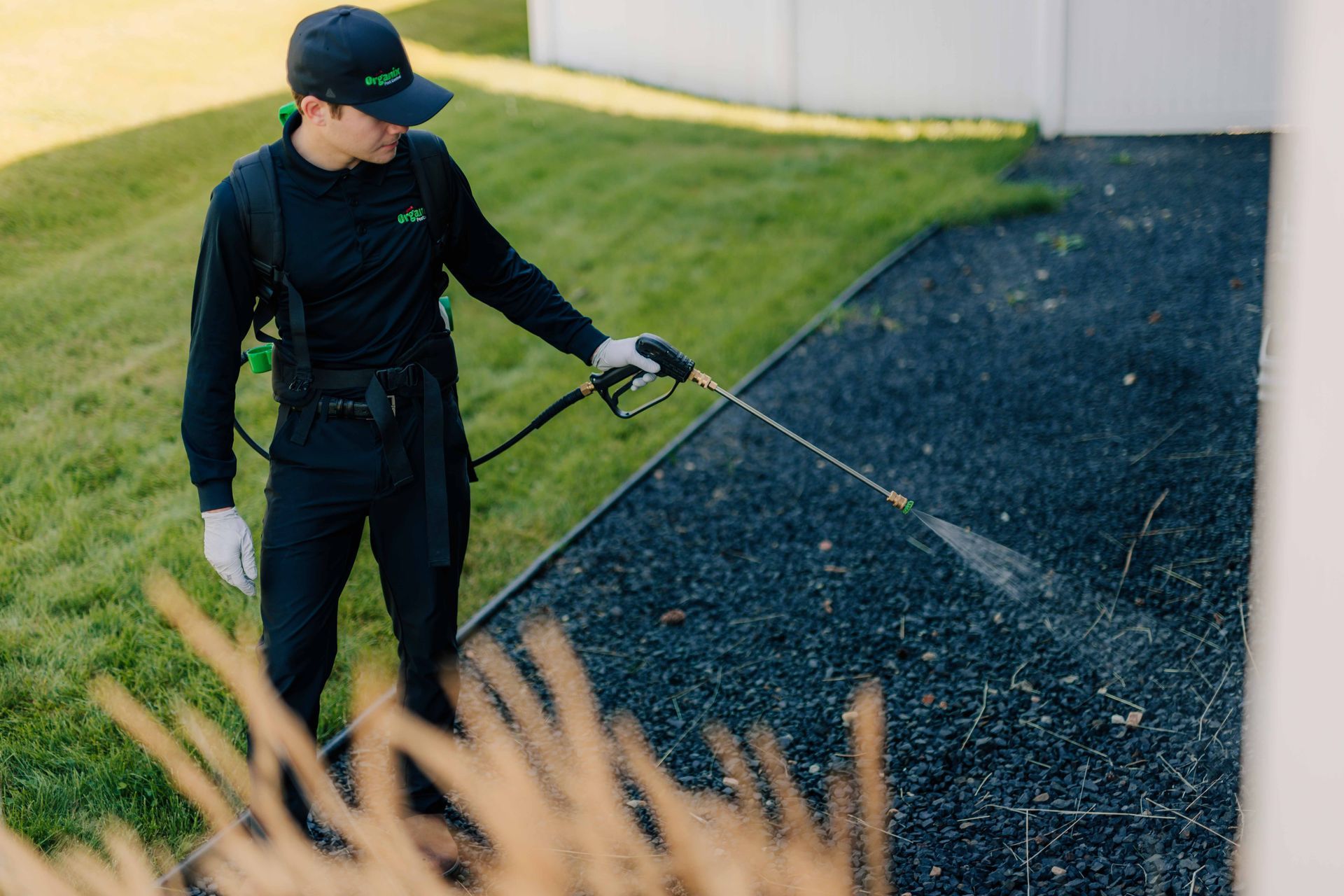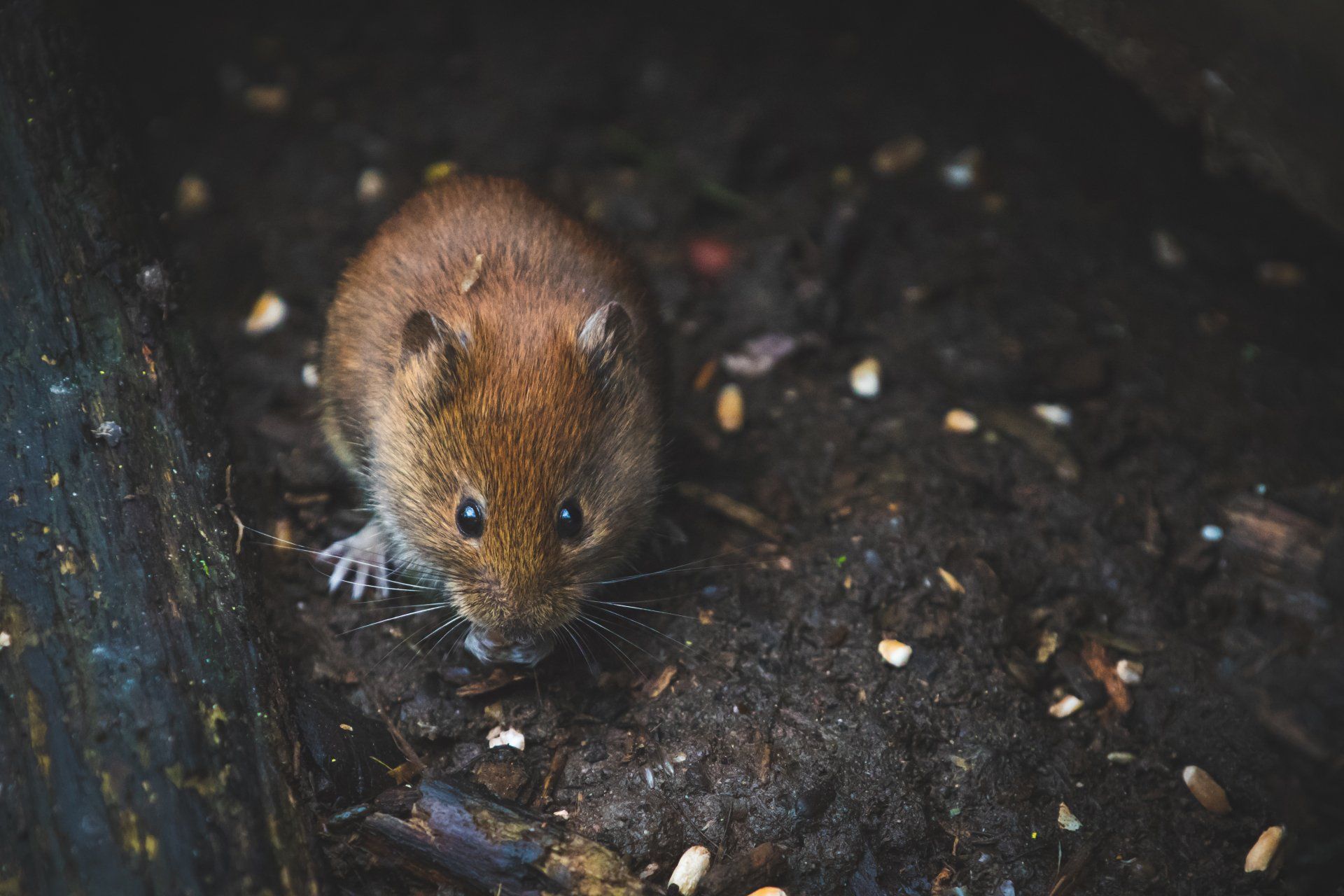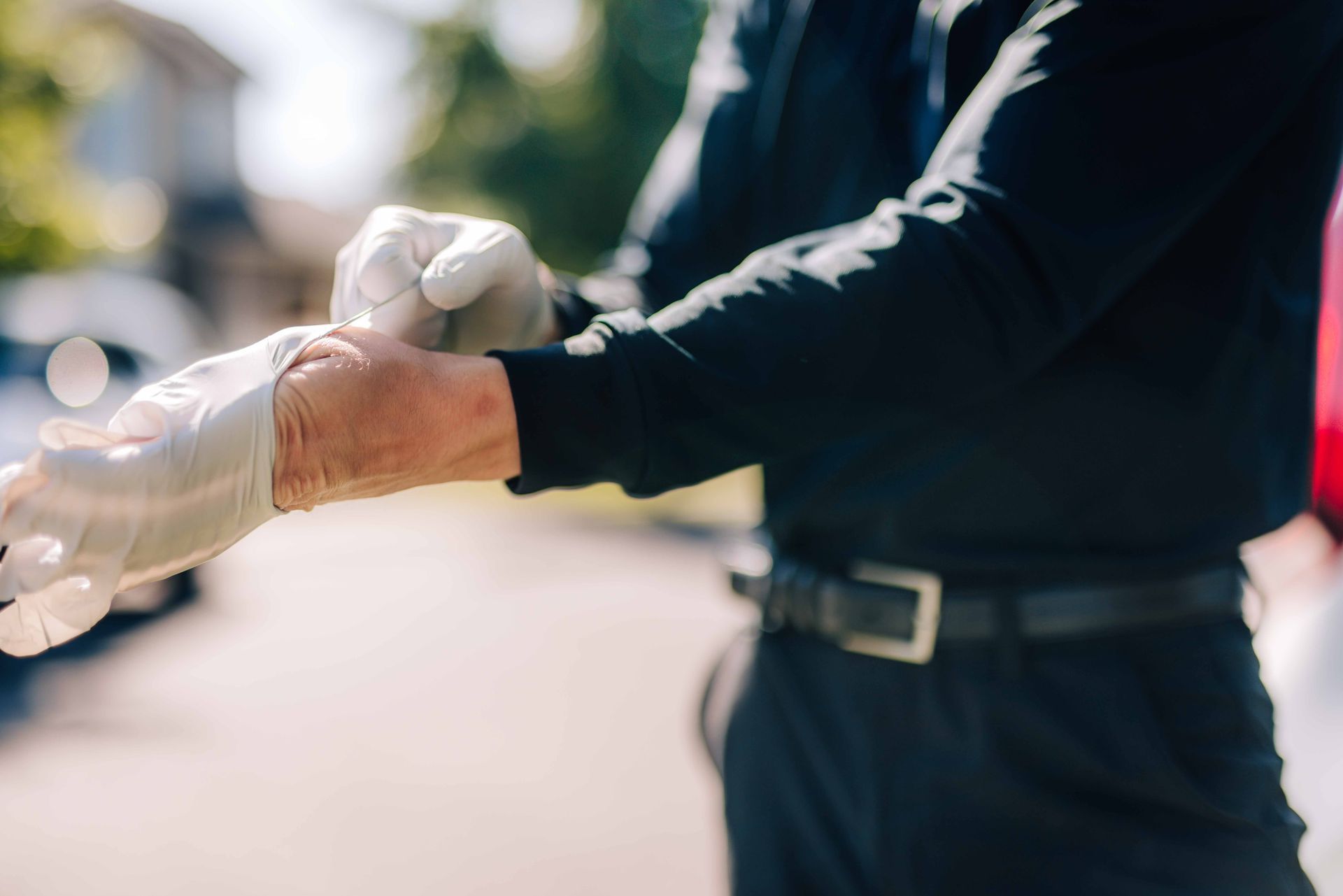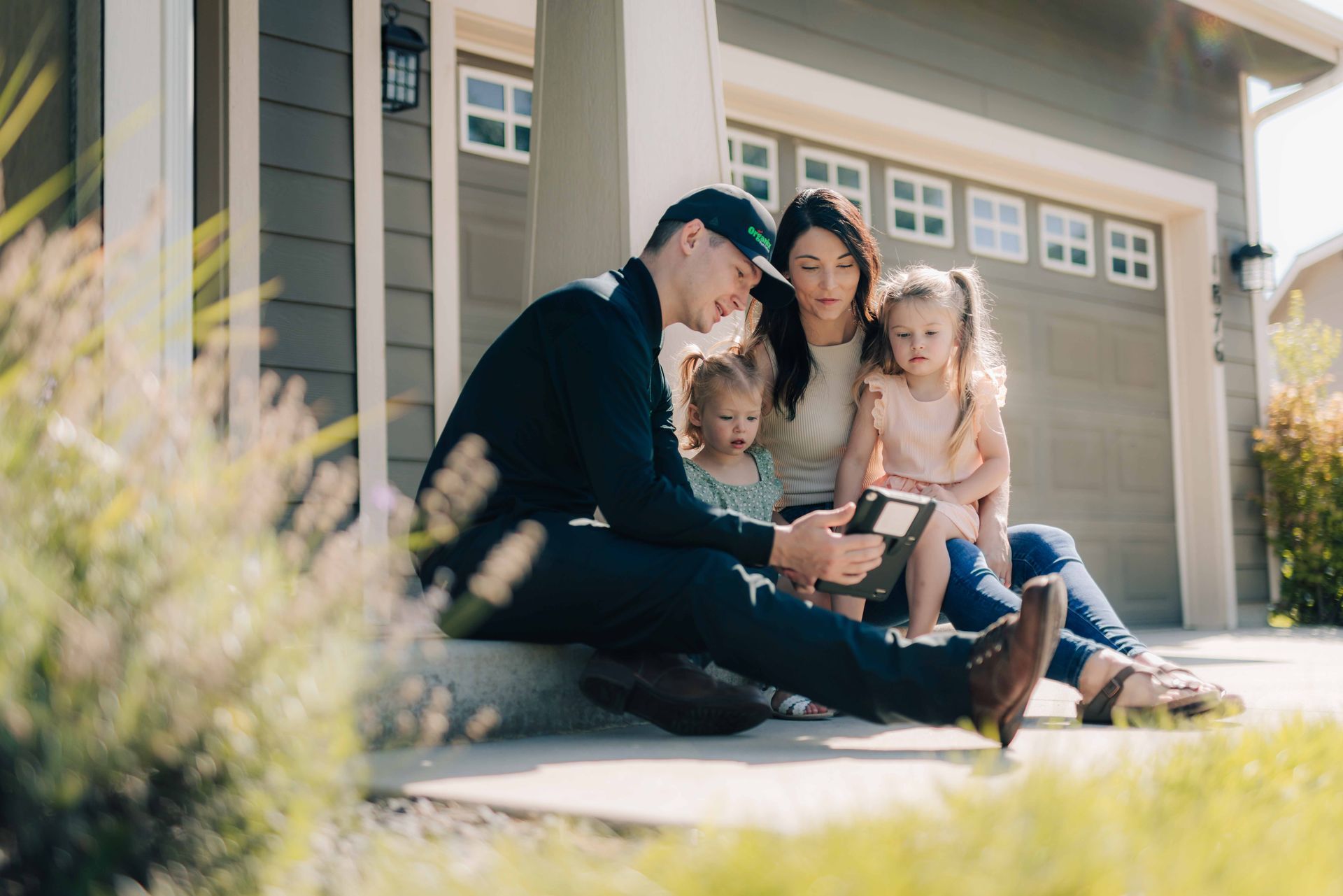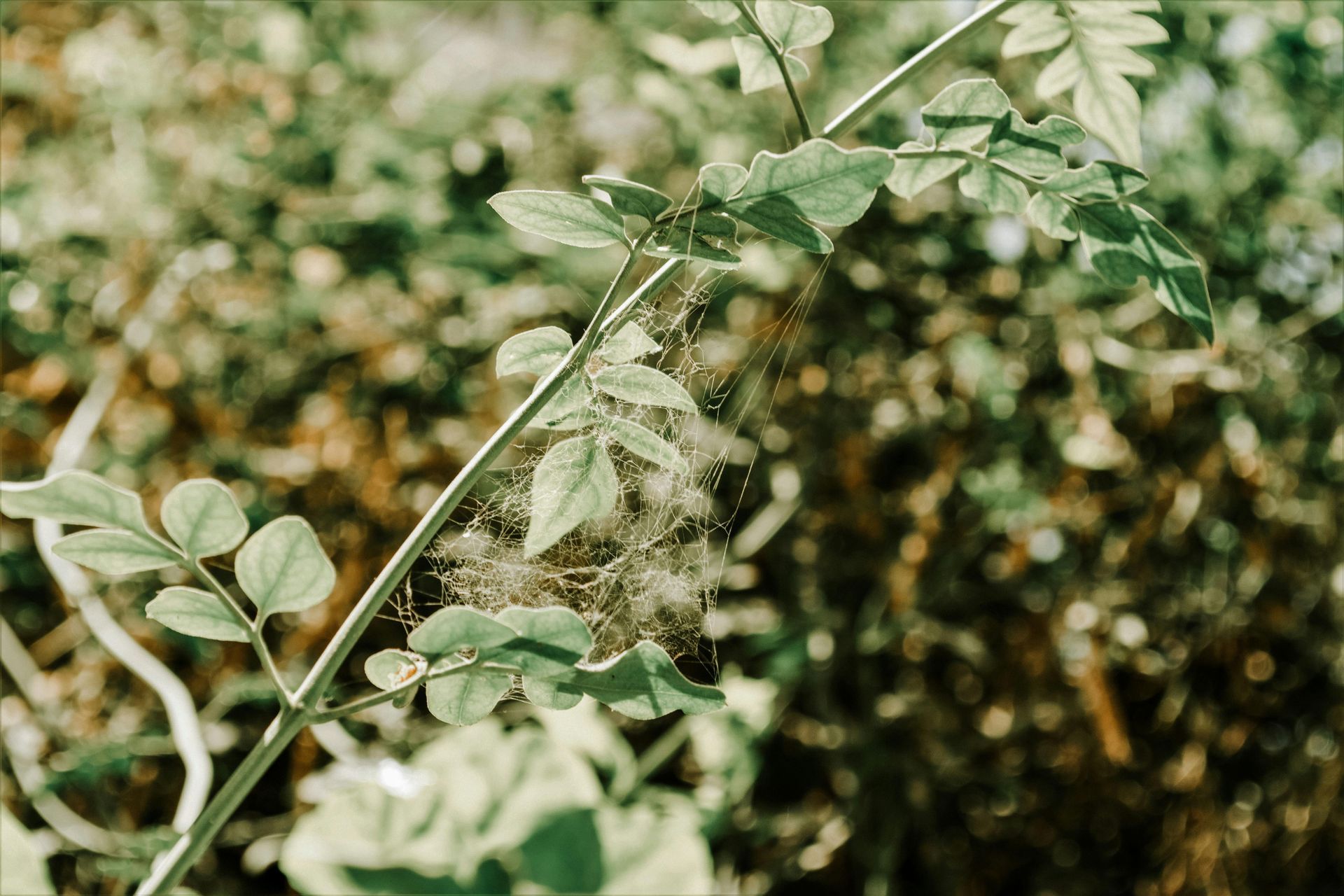Why Do I See More Bugs in My House When It Rains?
Common Pests To Look Out For This Spring

Rain is essential for the environment, but if you've noticed an increase in bugs inside your home during or after a storm, you're not alone. Many homeowners wonder, "Why do I see more bugs in my house when it rains?" The answer lies in how rain affects insects' natural habitats, forcing them to seek shelter elsewhere, often inside your home.
In this blog post, we'll explore why rainy weather drives pests indoors, which bugs are most likely to invade, and how you can prevent infestations during wet conditions.
Why Rain Drives Bugs Indoors
When heavy rain soaks the ground and floods outdoor habitats, insects and other pests look for a dry, safe place to survive. Unfortunately, your home provides the perfect environment. Warm, dry, and full of food sources. Here are the main reasons you see more bugs inside when it rains:
1. Flooded Nests and Burrows
Many insects live in underground nests or burrows, which can quickly become flooded during heavy rainfall. Ants, cockroaches, and spiders that usually stay outside are suddenly forced to find higher, drier ground, often inside homes, garages, and basements.
2. Changes in Air Pressure
Insects are sensitive to barometric pressure changes that come with storms. Many bugs become more active just before and after rain as they try to escape the unstable conditions. This explains why you may notice an influx of bugs indoors right before a storm hits.
3. Moisture and Humidity Attract Certain Pests
While some bugs flee from the rain, others thrive in moisture rich environments. Termites, silverfish, mosquitoes, and some species of cockroaches are attracted to the damp conditions that come with rainfall. If your home has high humidity or water leaks, these pests may move in permanently.
4. Insects Follow Food Sources
Rain affects insect food supplies by washing away plants, drowning smaller insects, and making outdoor foraging difficult. This pushes bugs like ants and cockroaches to seek out food indoors, leading them straight into your kitchen or pantry.
5. Structural Gaps and Openings Become More Noticeable
Rainwater can loosen soil around your home's foundation, creating new entry points for pests. Additionally, wet weather can cause doors and windows to swell slightly, making gaps more accessible to insects looking for shelter.
Common Bugs You Might See Indoors After It Rains
1. Ants
Ants are one of the most common invaders during rainy weather. Their underground colonies flood easily, forcing them to seek refuge indoors. You may notice trails of ants near doors, windows, and kitchen countertops as they search for dry ground and food.
2. Cockroaches
Cockroaches love damp environments, so rain often drives them inside. They may enter through drains, cracks in foundations, or basement vents. Some species, like the American cockroach (also known as the palmetto bug), are especially active after heavy rains.
3. Spiders
Spiders generally prefer to stay hidden, but when their outdoor shelters are disturbed by rain, they move indoors. You may notice more spiders in corners, closets, and basements after a storm.
4. Silverfish
Silverfish thrive in damp, humid environments. If rain increases your home's indoor moisture levels, these fast moving, silver colored bugs might become more active in bathrooms, basements, or near leaky pipes.
5. Earwigs
Earwigs are moisture loving insects that typically stay outside. However, excessive rain can drive them indoors, where they may appear in bathrooms, laundry rooms, and basements.
6. Termites
Termites are especially drawn to moisture rich environments. Rain softens the wood around your home, making it easier for subterranean termites to start feeding. If you notice winged termites (swarmers) inside after rain, it could be a sign of an infestation.
7. Mosquitoes
Mosquitoes breed in standing water, so rainy weather creates ideal conditions for them to reproduce. If you have clogged gutters, puddles, or other water sources around your home, expect a surge in mosquito activity after a storm.
How to Prevent Bugs from Entering Your Home When It Rains
Seeing bugs in your home after a rainstorm can be frustrating, but there are preventative measures you can take to keep them out:
1. Seal Entry Points
- Inspect and seal cracks around windows, doors, and foundations.
- Use weather stripping on doors to block small gaps.
- Install fine mesh screens over vents and drains to prevent pests from crawling inside.
2. Control Moisture Indoors
- Use dehumidifiers to keep indoor humidity levels low.
- Fix leaky pipes or faucets to eliminate water sources for pests.
- Ensure basements and crawl spaces are well ventilated.
3. Keep Your Home Clean
- Store food in airtight containers.
- Wipe down countertops and sweep up crumbs daily.
- Take out the trash regularly and keep garbage bins tightly sealed.
4. Remove Standing Water Outside
- Clear clogged gutters to prevent rainwater buildup.
- Eliminate puddles and fix drainage issues around your home.
- Empty birdbaths, flowerpots, and other water collecting containers.
5. Trim Vegetation Around Your Home
- Keep shrubs, tree branches, and tall grass trimmed back from your home’s foundation.
- Move mulch, woodpiles, and compost bins away from the house to avoid attracting moisture loving pests.
6. Schedule Regular Pest Control Services
If you frequently see pests in your home after it rains, a professional pest control service can help by treating the perimeter of your home, sealing entry points, and applying moisture resistant pest deterrents.
When to Call a Professional Pest Control Service
While minor bug invasions can often be managed with DIY prevention, there are times when professional pest control is the best solution:
- Recurring infestations – If you constantly see the same pests after every rainfall, there may be an underlying issue.
- Large numbers of insects – A few ants may not be a concern, but a major infestation requires expert treatment.
- Pest related property damage – If you notice signs of termite damage or rodent activity, professional help is necessary.
- Health and safety concerns – Cockroaches, rodents, and mosquitoes can spread diseases, making pest control essential for your family’s health.
At Organix Pest Control, we specialize in gentle yet effective, long term solutions to keep pests out, rain or shine. Our team of experts can assess your home, identify potential entry points, and apply treatments designed to withstand moisture.
Conclusion
Rainy weather can drive pests indoors as they seek shelter, food, and dry ground. While it’s common to see more bugs in your house after a storm, there are steps you can take to prevent infestations before they start. Sealing entry points, controlling moisture, and maintaining a clean environment can help keep unwanted visitors outside where they belong.
If you're struggling with pest problems that seem to get worse every time it rains, consider reaching out to a professional pest control service to keep your home pest free all year.
FAQs
1. Why do I see ants in my house when it rains?
Ants live in underground colonies that can become flooded during heavy rain. This forces them to relocate, often leading them indoors in search of dry shelter.
2. How do I keep bugs from coming inside when it rains?
Seal entry points, reduce moisture indoors, and keep your home clean to make it less inviting to pests.
3. Does rain wash away pest control treatments?
Some treatments may need reapplication after heavy rain, but professional grade pest control solutions are designed to
withstand moisture and remain effective.
4. Why do I see more spiders in my house after it rains?
Spiders may enter homes to escape the rain or follow other insects that have already moved indoors.
5. What should I do if I have a serious infestation after a storm?
If pests keep invading after every rainfall, consider
professional pest control services to address the problem effectively.

